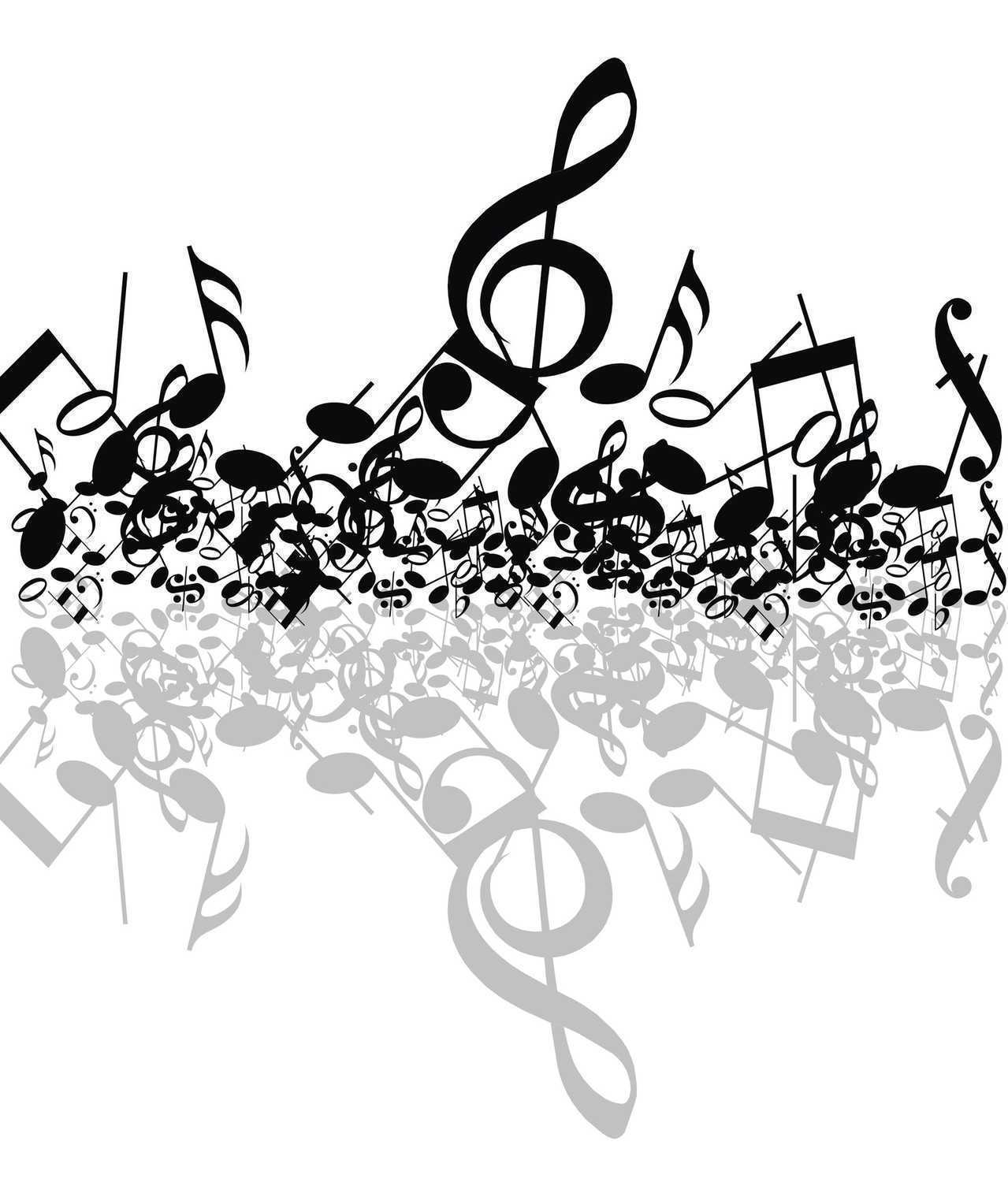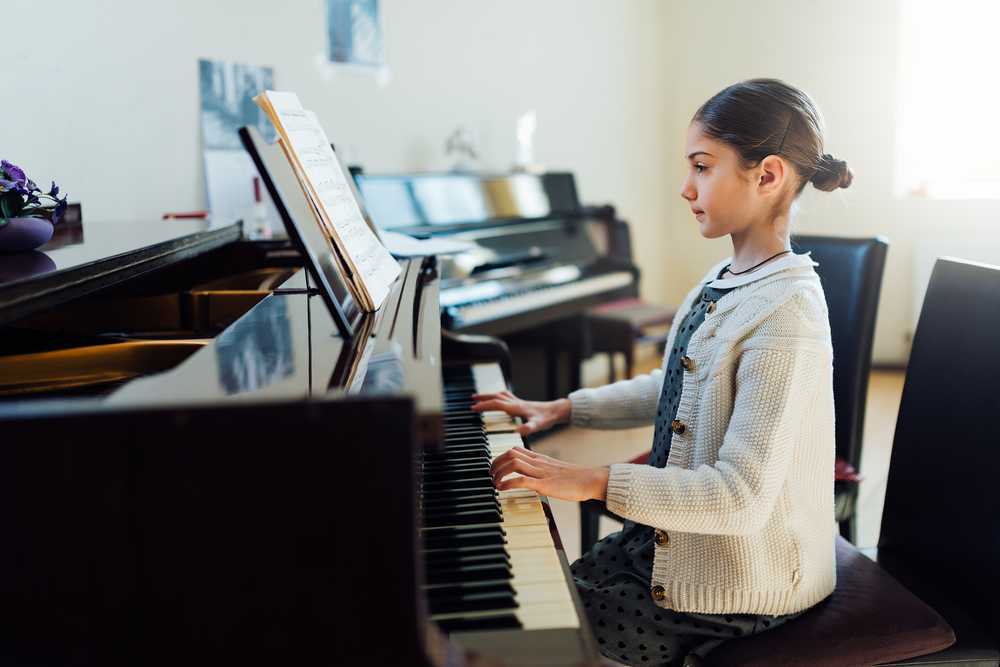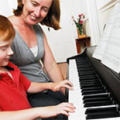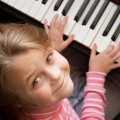Most parents wonder what the best piano method for kids is. The best answer is that it depends on the student and teacher! One thing we always ask prospective teachers when they are interviewing to work with us is to describe their basic philosophy of teaching. This might be one of the most important questions we put to them, as it gives us insight into the how of teaching: how do they conduct lessons? How do they work with younger students? How do they get a complete beginner started on their instrument?
 There are quite a few piano teaching methods out there that present different approaches to teaching the piano. The three most popular teaching methods used are Alfred, Bastien, and Faber & Faber. We asked some of our best piano instructors from all across the country to give us some insight on their preferred methods, what advantages they felt their preferred method possessed, and, if they were familiar with other styles of teaching, how their favored style compared to others.
There are quite a few piano teaching methods out there that present different approaches to teaching the piano. The three most popular teaching methods used are Alfred, Bastien, and Faber & Faber. We asked some of our best piano instructors from all across the country to give us some insight on their preferred methods, what advantages they felt their preferred method possessed, and, if they were familiar with other styles of teaching, how their favored style compared to others.
Christine H. from Missouri told us her preferred method is Faber & Faber. She likes it because it covers a wide range of musical styles: “There are specific books for specific areas, like jazz, folk songs, hymns, and they even have books geared towards students interested in composition, as well.” When she started teaching, she originally used Bastien, but she found that her students “learn how to process music and how to play more easily” with Faber & Faber. In her experience, the order in which certain subjects are taught within the Faber method makes it easier.
 Joy S. from Texas, however, favors both Bastien and Alfred. For her younger students, she recommends Bastien: “It’s better for younger students because it spends more time explaining the fundamentals.” Regarding the Alfred method, she believes that it “is good for beginners at the high school level and up, and it is also very good for adults.” For younger students (see our page on what age is best to start piano for more information on this), Joy feels Alfred “moves along a little faster to start,” which is why she recommends it for children over the age of seven.
Joy S. from Texas, however, favors both Bastien and Alfred. For her younger students, she recommends Bastien: “It’s better for younger students because it spends more time explaining the fundamentals.” Regarding the Alfred method, she believes that it “is good for beginners at the high school level and up, and it is also very good for adults.” For younger students (see our page on what age is best to start piano for more information on this), Joy feels Alfred “moves along a little faster to start,” which is why she recommends it for children over the age of seven.
Kathleen L. from Florida also uses Alfred with her students. She is particularly fond of its layout, which introduces one new concept per page. “Alfred moves at a better pace [when] students want to learn something that keeps their interest.” Unlike Bastien, which she is familiar with, Kathleen favors Alfred for its variety of skill levels. “Alfred is better for adults,” she says, “because it has a series of books tailored for them,” explaining how children’s piano books will vary in terms of content and layout rather than those for an adult.
 Gary H. from Texas prefers a fourth teaching method, used in the books from famed music publisher Hal Leonard. Gary enjoys its unique approach: “It starts kids out form the basics of rhythms and then incorporates the actual notes. I like that concept of getting into the rhythmic concept of quarter notes, rests, beats, and all that before they get into learning their scales.” Specifically for beginner students, Gary likes the way Hal Leonard will start with training for right hand playing and gradually work the left hand into the music.
Gary H. from Texas prefers a fourth teaching method, used in the books from famed music publisher Hal Leonard. Gary enjoys its unique approach: “It starts kids out form the basics of rhythms and then incorporates the actual notes. I like that concept of getting into the rhythmic concept of quarter notes, rests, beats, and all that before they get into learning their scales.” Specifically for beginner students, Gary likes the way Hal Leonard will start with training for right hand playing and gradually work the left hand into the music.
Despite the differences in these teaching methodologies, all of them have proven to be highly effective with students of all skill levels.
For more information on other commonly used methods, see our article Sheet Music Sources for Music Students.
Contributors to this article included:
- Gary H.
- Joy S.
- Dr. Kathleen L.
- Christine H.








This course is great for who have no idea what piano is. He doesn’t simply reveal something and jump to another topic. Constantly, you repeat all you’ve learned throughout the course and utilizing this way you’ll have robust understanding of basics. Thank you for assisting us to learn the best ways to play piano.